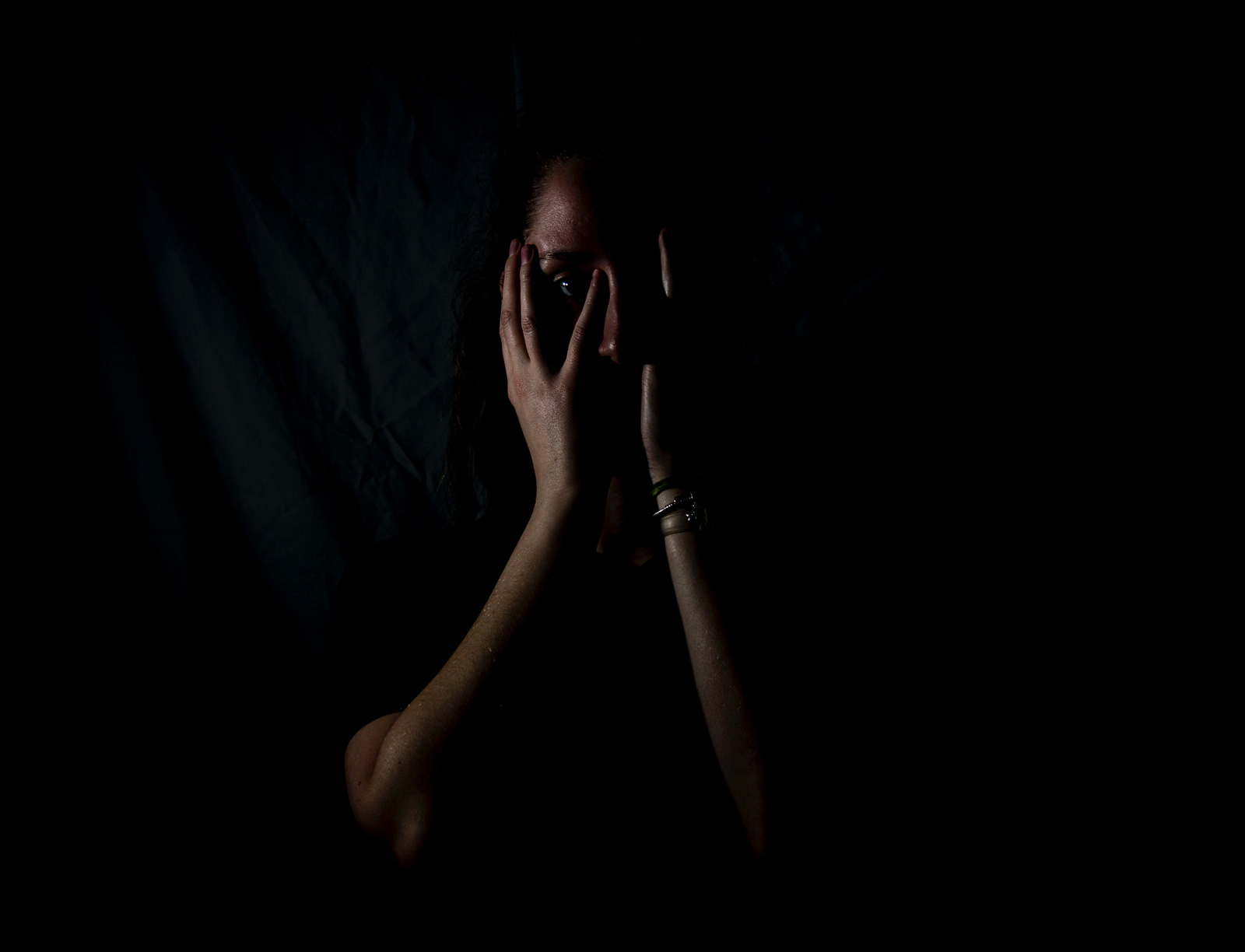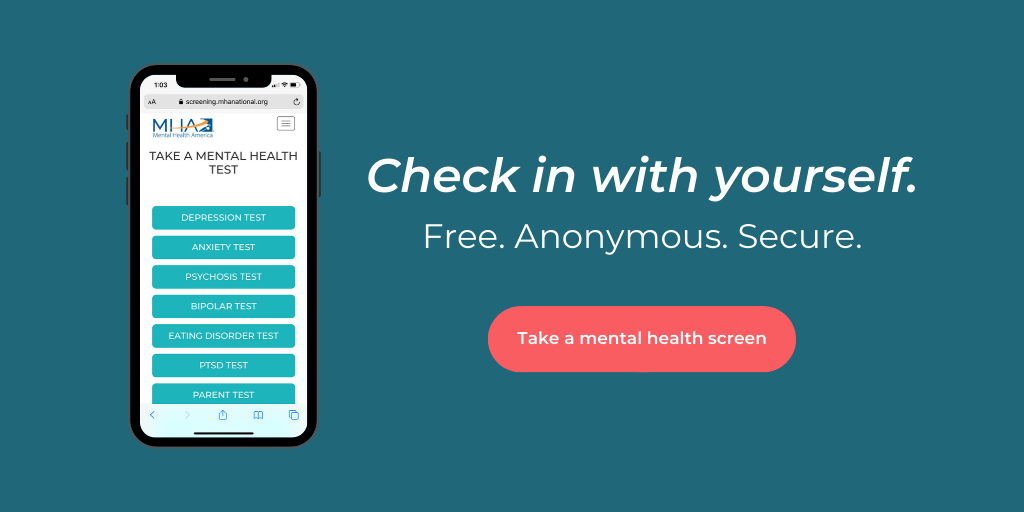Panic disorder is characterized by unexpected and repeated episodes of intense fear accompanied by physical symptoms that may include chest pain, heart palpitations, shortness of breath, dizziness, or abdominal distress. These sensations often mimic symptoms of a heart attack or other life-threatening medical conditions. As a result, the diagnosis of panic disorder is frequently not made until extensive and costly medical procedures fail to provide a correct diagnosis or relief.
Many people with panic disorder develop intense anxiety between episodes, worrying when and where the next one will strike. Fortunately, effective treatments have been developed to help people with panic disorder.
Heredity, other biological factors, stressful life events, and thinking in a way that exaggerates relatively normal bodily reactions are all believed to play a role in the onset of panic disorder. Some research suggests panic attacks occur when a “suffocation alarm mechanism” in the brain is activated, falsely reporting that death is imminent. The exact cause or causes of panic disorder are unknown and are the subject of intense scientific investigation.
People with panic disorder may also have irritable bowel syndrome, characterized by intermittent bouts of gastrointestinal cramps and diarrhea or constipation, or a relatively minor heart problem called mitral valve prolapse, which can trigger panic attacks in some people. In fact, panic disorder often coexists with unexplained medical problems, such as chest pain not associated with a heart attack or chronic fatigue.
- Depression: About half of panic disorder patients will have an episode of clinical depression sometime during their lives. Major depression is marked by persistent sadness or feelings of emptiness, a sense of hopelessness and other symptoms. What is more, approximately 20% of people with panic disorder attempt suicide.
- Substance Abuse: About 30% of people with panic disorder use alcohol and 17% abuse drugs, such as cocaine and marijuana, in unsuccessful attempts to alleviate the distress caused by their condition. Appropriate diagnosis and treatment of other disorders, such as substance abuse or depression, are important to successfully treat panic disorder.
- Simple Phobias and Agoraphobia: People with panic disorder often develop irrational fears of specific events or situations that they associate with the possibility of having a panic attack. Fear of heights and fear of crossing bridges are examples of simple phobias. As the frequency of panic attacks increases, the person often begins to avoid situations in which they fear another attack can occur or places where help would not be immediately available. This avoidance may eventually develop into agoraphobia, an inability to go beyond known and safe surroundings because of intense fear and anxiety. Generally, these fears can be resolved through repeated exposure to the dreaded situations, while practicing specific techniques to become less sensitive to them.
- Social Phobia: Social phobia is a persistent dread of situations in which the person is exposed to possible scrutiny by others, and fears acting in a way that will be embarrassing or humiliating. Social phobia can be treated effectively with therapy or medications, or both.
- Obsessive-compulsive Disorder (OCD): In OCD, a person becomes trapped in a pattern of repetitive thoughts and behaviors that are senseless and distressing but extremely difficult to overcome. Such rituals as counting, prolonged handwashing, and repeatedly checking for danger may occupy much of the person’s time and interfere with other activities. Like panic disorder, OCD can be treated effectively with medication and/or psychotherapy.
Treatment for panic disorder includes medication, psychotherapy or a combination of the two. Cognitive-behavioral therapy, a type of psychotherapy, teaches people how to view panic attacks differently and demonstrates ways to reduce anxiety. Appropriate treatment by an experienced professional can reduce or prevent panic attacks in 70 to 90% of people with panic disorder. Most patients show significant progress after a few weeks of therapy. Relapses may occur, but they can often be effectively treated just like the initial episode.
Get additional information about Panic Disorder at Psych Central.
National Suicide Prevention Lifeline
800-273-TALK (8255)
www.suicidepreventionlifeline.org/
Anxiety and Depression Association of America
240-485-1001
www.adaa.org
Freedom From Fear
718-351-1717
www.freedomfromfear.org/
National Institute of Mental Health
866-615-6464
www.nimh.nih.gov
National Association of Social Workers
https://www.helpstartshere.org/?page_id=3677
Anxiety in Older Adults
Excessive anxiety that causes distress or interferes with daily activities is not a normal part of aging, and can lead to a variety of health problems and decreased functioning in everyday life.
Social Anxiety Disorder
Going to a party or even having a one-on-one conversation with a new person can result in increased heart rate, sweating, and racing thoughts for someone with social anxiety.
Managing Anxiety in the Classroom
Research shows that up to 25% of students struggle with clinical anxiety which can significantly impact a student’s ability to learn and perform up to their capacity.






